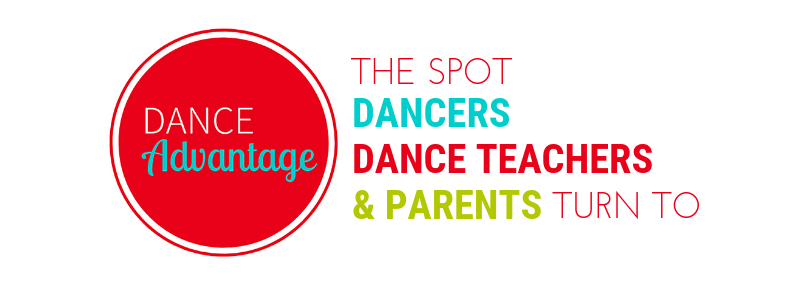First day jitters. We all get them. It’s natural.
 So how do we help our students deal with the butterflies in their bellies?
So how do we help our students deal with the butterflies in their bellies?
Talk about it.
Share your feelings, your love of dance and your excitement about teaching a new class.
Ask the children if they like to dance. Do they like to dance in the bathtub? In the living room? In the car? Where else do they like to dance? Do they dance by themselves? Do they dance with other children? Do they dance when they are happy? Sad?
How about when they have butterflies in their bellies? Ask a child to show you how she dances with butterflies in her belly.
Share the activities you have planned.
To help the children with the unpredictable nature of being in a new class environment share with them the activities of the day.
For example: “Today we will learn some stretches, dance across the floor with scarves, read a special book about the first day of school and take a picture of our first day together.”
I love the book First Day Jitters
by Julie Danneberg.
It is about a girl who does not want to go to school. She hides under the covers and refuses to get out of bed. When she finally does her head hurts, she worries about making friends, her hands are sweaty and has a hard time breathing, She finally enters the classroom. She is introduced to the class.
And guess what?
She is the new classroom teacher and it is her first day of school!
This book is silly, has great illustrations and demonstrates that even teachers get nervous on the first day of school.
Take a class picture.
It doesn’t have to be a perfect picture – actually the sillier the better. Make having fun and being silly acceptable activities.
Maybe everyone makes a silly face, or their favorite dance pose or a group hug. (Give the pictures to the students on the last day of class. It will reinforce their accomplishments, show them how much they have grown and the parents will love it as well.)
Prepare them for next time.
Before sending each child out the door with a sticker, stamp, balloon, etc. make sure to tell the class about a fun activity they will do the following week. This will help create a fun, relaxed and predictable environment for the children.
Remember to invite parents to be part of their children’s learning experience.
Give the parents a letter introducing yourself, describe some of the concepts and skills their children will be working on during the year, list some of your favorite books related to dance and your email address if they need to contact you with any questions or concerns.
This is a big step for the young children but don’t forget it is a big step for the parents as well.
Addressing the needs of a crying child.
How do you help a child that is crying or having a hard time leaving his parents? There is no one magical method of calming or helping a child enter class.
In my experience a child who is hysterical is probably not ready for class. I never like to see a child forced into class. Let the parents know that it is okay if their child is not ready. I usually suggest the parents try again the following week.
I do not suggest parents sit and watch class because it can give the child validation that dance class might really be dangerous. It also can be disruptive to the rest of the class creating a domino effect.
If a child enters the studio/dance space and does not want to join in or is crying a bit, I invite him to participate but I let him know he can sit out and join whenever he is ready. This has worked tremendously well for me.
I focus on giving the child positive reinforcement. Instead of asking the nervous student repeatedly if she wants to join in, I might just randomly smile at the child or nod my head. If I ask the group to clap along I would include my hesitant student in my gaze. If the child claps along then I would praise her saying something like “I like the way Susie is clapping to the beat.” Sooner rather than later the hesitant dancer watching on the sidelines will join the class.
Scarves are a great activity to get a shy student to join the fun. Hand the child a scarf along with the other children in the class. Ask the class to free dance and watch as the sitting child starts to dance. (Even if it is in her seat slowly moving the scarf.)
Also, remember that just because the child is sitting and watching does not mean he is not gaining from the experience. He is watching and listening. He is a participant in the dance experience by being an audience member.
I had one child who went from quietly crying the first day, sitting calmly watching class the second day, to creeping into the circle on the third class, to a full force participant by the end of the month. It was a great accomplishment for the little girl. I encouraged her mom to keep bringing her because I saw that she was actively involved in the class by the way she was observing the other students.
Each child is different but if a shy student is participating even a little bit then she is gaining from the experience.
Dance class can be an important developmental stepping stone for children separating from their parents for the first time.
For more tips and advice on this process, including ways to say goodbye, please see Nichelle’s post, The Dance of Independence
We all have jitters: students, teachers and parents too. Addressing the jitters will help the butterflies fly away.
What are some other ways you’ve helped students on their first day?
Have you encountered an especially challenging situation?
Tell us about it or ask questions in the comments!
Stacey Pepper Schwartz is the Founder and Director of Leaping Legs Creative Movement Programs. The focus of Leaping Legs is to help people regardless of age, experience or ability, become educated about their movement potential, develop kinesthetic awareness, and become more physically fit and healthy together as a family, and community. Leaping Legs promotes its goal through its original Up Down & All Around DVD, teacher training, and school and community workshops. The Up Down & All Around DVD received Dr. Toy’s 100 Best Children’s Products 2009 Award and 10 Best Active Products 2009 Award. The DVD has also been featured in many magazines including Dance Teacher and Dance Retailer News. In its August 2009 issue, Dance Teacher called the DVD “an essential tool for teaching the fundamentals of movement with daily adult-child interactions.” Come visit www.leapinglegs.com to learn more about Stacey and her programs.



